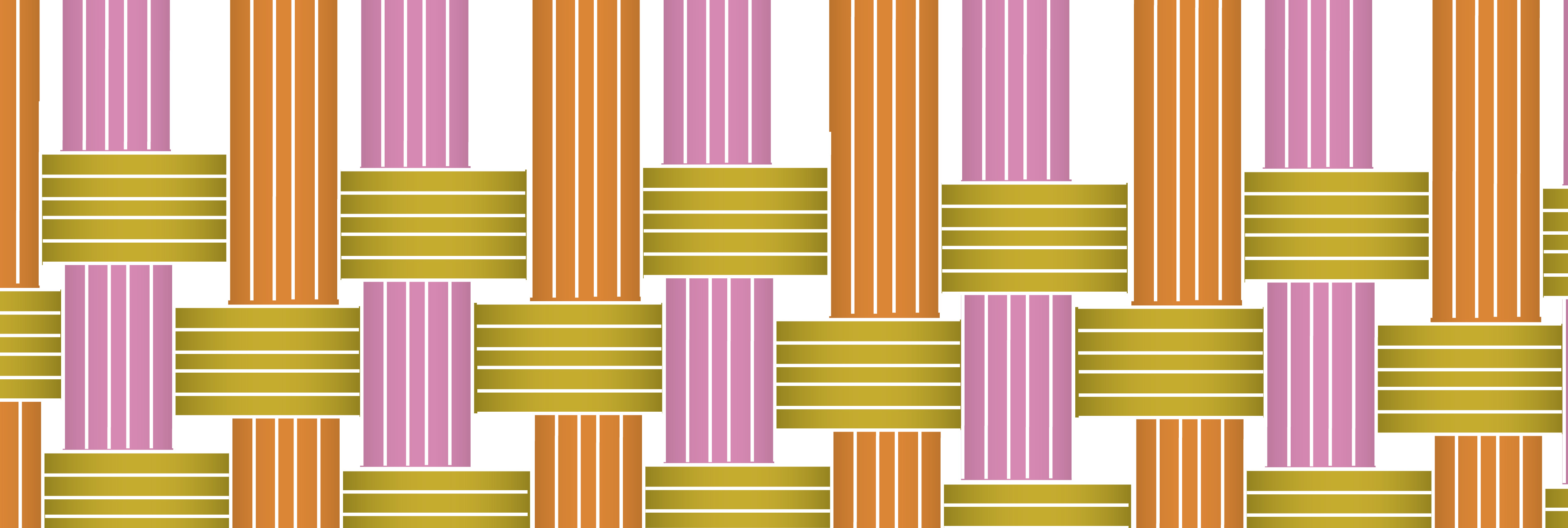One glance out the window while flying over the Nambian desert and you might think that you are witnessing some grand optical illusion. This is because interspersed across this 1100 mile stretch of desert land are small circular patches of barren land, a phenomenon akin perhaps to Mother Nature’s take on the polka dots. These barren patches of land, dubbed “Fairy Circles” for their mysterious nature, are between 10 and 65 feet in diameter and are flanked by long desert grass.
For years, scientists have struggled to make sense of this natural phenomenon, with some regarding it as nature’s greatest mystery. Over time, a number of hypotheses have been put forward to explain the occurrence of these “Fairy Circles.” Everything from alien invasions to the emission of poisonous gasses from the within the earth’s core have been used to explain how these patches came to be. Recently, researchers pointed to a species of sand termites found across desert as the most likely culprit behind these patches.
However, this hypothesis has been met with some criticism. German Scientist Stephan Getizin argues that these patterns are too uniform in nature to be attributed to sand termites. Instead, he puts forth his own hypothesis suggesting that these patches are merely the result of adaptation of the desert plants to their semi-arid environment. Faced with stiff competition, these plants organize themselves so as to maximize access to nutrients, a mechanism that just so happens to result in this unique phenomenon. While Getizin does not ignore the strong correlation between the sand termites and the “Fairy Circles”, he draws support from the fact that this phenomenon is not unique to Namibia with similar observations made across deserts in Australia, Niger and California. While Getizin’s hypothesis seems plausible, further research is needed before we can draw any causal relationships. Until then, my bet is on fairies.




Leave a Reply